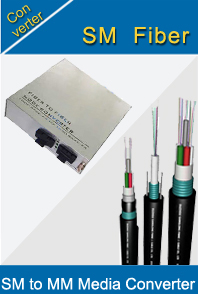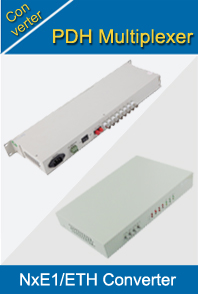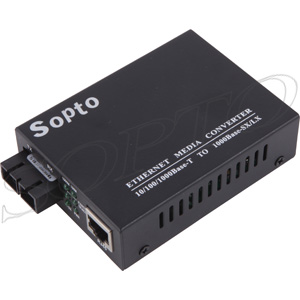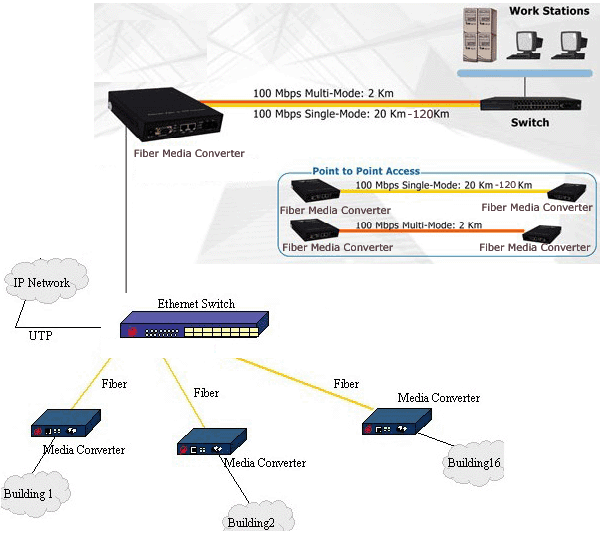-

- Sopto Home
-

- Special Topic
-

- Converter Knowledge
-

- How Do I Choose the Best Fiber Optic Ethernet Converter?
Converter Knowledge
- Form Factors and Application of Ethernet Media Converter
- Ethernet over 4 E1 Converter Brief Introduction
- What is the Difference between RS232 and RS485 Serial Interfaces
- What is the Difference between RS232 and RS485 Serial Interfaces
- How to Convert an Analog Telephone to VoIP Protocol?
- How to Find the Internet Protocol Address and Media Access Contr
- How to Convert from Fast Ethernet to Fiber Optics?
- How to Connect a Fiber Converter?
- How to Convert Ethernet to Fiber Media Converters?
SOPTO Special Topic
Certificate



Guarantee
Except products belongs to Bargain Shop section, all products are warranted by SOPTO only to purchasers for resale or for use in business or original equipment manufacturer, against defects in workmanship or materials under normal use (consumables, normal tear and wear excluded) for one year after date of purchase from SOPTO, unless otherwise stated...
Return Policies
Defective products will be accepted for exchange, at our discretion, within 14 days from receipt. Buyer might be requested to return the defective products to SOPTO for verification or authorized service location, as SOPTO designated, shipping costs prepaid. .....
Applications
An Ethernet to Fiber Media Converter can also be used where there is high level of electromagnetic interference or EMI which is a common phenomenon found in industrial plants. This interference can cause corruption of data over copper-based ethernet links. Data transmitted over fiber optic cable however is completely immune to this type of noise. An Ethernet to Fiber Optic Converter therefore enables you to inter-connect your copper-ethernet devices over fiber ensuring optimal data transmission across the plant floor.
SOPTO Products
- Fiber Optic Transceiver Module
- High Speed Cable
- Fiber Optical Cable
- Fiber Optical Patch Cords
- Splitter CWDM DWDM
- PON Solution
- FTTH Box ODF Closure
- PCI-E Network Card
- Network Cables
- Fiber Optical Adapter
- Fiber Optical Attenuator
- Fiber Media Converter
- PDH Multiplexers
- Protocol Converter
- Digital Video Multiplexer
- Fiber Optical Tools
- Compatible
Related Products
Performance Feature
Converter Knowledge
Recommended


How Do I Choose the Best Fiber Optic Ethernet Converter?
In order to choose the best fiber-optic Ethernet converter, be sure that you understand what you need from this piece of equipment. The specifics of the fiber-optic system will make the selection of the converter relatively simple because the differences between converters have more to do with technical differences than differences in the quality of the device. Distance of signal boost, type of fiber-optic connection, speed, and power source are the most important considerations when choosing a fiber-optic Ethernet converter.
One thing to think about when choosing a fiber-optic Ethernet converter is the distance that the signal needs to be boosted. Converters have different distance ranges, and high-end converters can transmit an optical signal through many miles of fiber-optic cable. The price of the converter is affected by its range, so buying only what you need will help make the converter more economical.

Multi-mode and single-mode are also options in converters. Single-mode cable can carry an optical signal ten times further than multi-mode cable, though it is more expensive. If the optical cables are already in place and the only thing needed is the fiber-optic Ethernet converter, the type of cable will dictate the type of converter you need. There are also converters available that work with both types of cables.
Transmission rate is another consideration when selecting a fiber-optic Ethernet converter. These devices come in standard speeds of 10/100 or 10/100/1000. 10/100 means that the converter receives at a rate of 10 megabytes per second, which it converts to a rate of 100 megabytes per second. For years, this was the highest transmission rate available, but developments have led to rates of 1 gigabyte per second across the optical fiber.
Different types of converters are also powered from different sources. They can be designed to plug into a wall socket or to pull power from an electronic device. Choosing how to power a fiber-optic Ethernet converter is a matter of which method is more convenient for you. If electrical outlets are in short supply, it may make sense to get a converter that can use a universal serial bus (USB) connection to receive electrical power.
For purchasing more high quality fiber optic Ethernet media converters with low cost or for more products’ information, please contact a Sopto representative by calling 86-755-36946668, or by sending an email to info@sopto.com.




